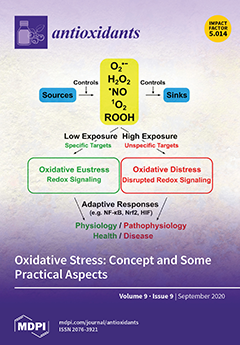Background: The KEAP1/NRF2 (Kelch-like ECH-associated protein 1/nuclear factor erythroid 2–related factor 2) pathway modulates detoxification processes and participates in the resistance of solid tumors to therapy. Scientific evidence about the presence of genetic and epigenetic abnormalities of the
KEAP1 gene was firstly reported in non-small-cell lung cancer (NSCLC) and then described in other tumors. At present, the prognostic role of aberrant methylation at cytosine-guanine dinucleotide (CpG) sites of the
KEAP1 gene promoter is debated in NSCLC, and its correlation with transcriptional changes and protein levels remains to be defined in large sample cohorts. Methods: We evaluated and compared multiple KEAP1 omics data (methylation, transcript, and protein expression levels) from The Cancer Genome Atlas (TCGA) to explore the role of CpGs located in different portions of
KEAP1 and the correlation between methylation, transcription, and protein levels. Data from two subsets of lung adenocarcinoma (LUAD,
n = 617) and lung squamous cell carcinoma (LUSC,
n = 571) cohorts of NSCLC patients with different disease stages were evaluated. Results: We found that the methylation levels of many
KEAP1 CpGs at various promoter and intragenic locations showed a significant inverse correlation with the transcript levels. Interestingly, these results were limited to the
KRAS wild-type LUSC and LUAD cohorts, whereas in LUAD the effect of the epigenetic silencing of
KEAP1 on its transcription was also observed in the
EGFR mutated subpopulation. Conclusions: These results support the idea that the prognostic role of
KEAP1 CpG sites warrants more in-depth investigation and that the impact of their changes in methylation levels may differ among specific NSCLC histologies and molecular backgrounds. Moreover, the observed impact of epigenetic silencing on
KEAP1 expression in specific
KRAS and
EGFR settings may suggest a potential role of
KEAP1 methylation as a predictive marker for NSCLC patients for whom anti-EGFR treatments are considered.
Full article






